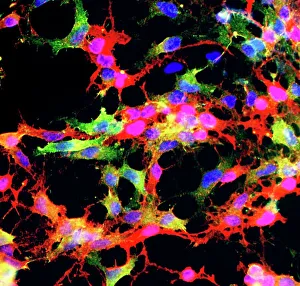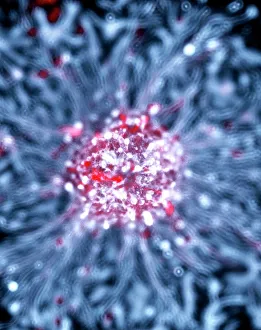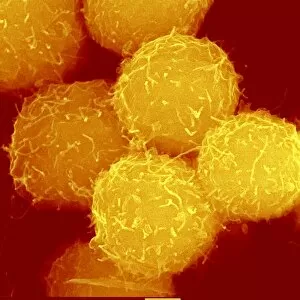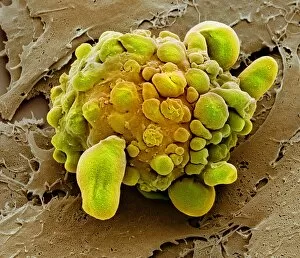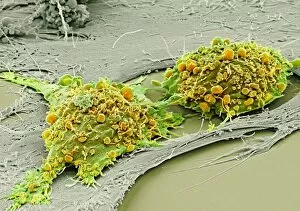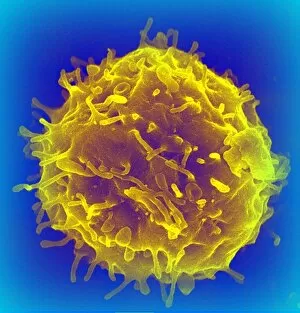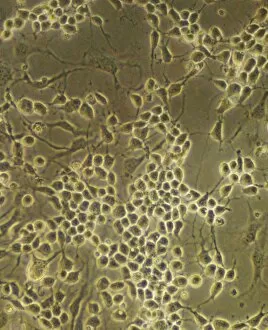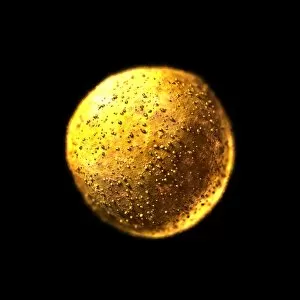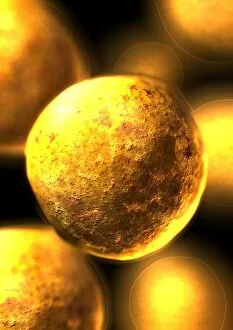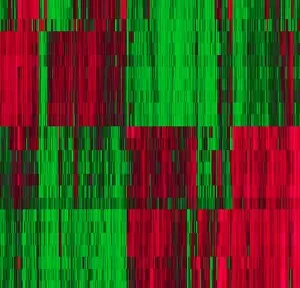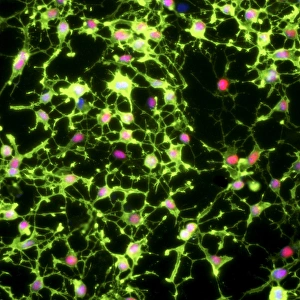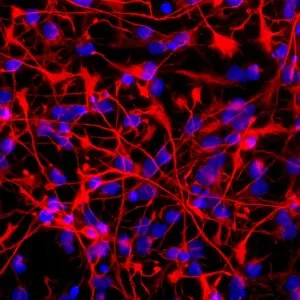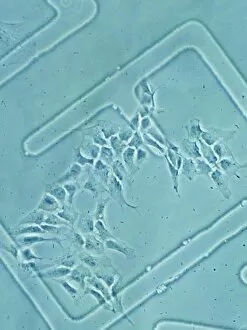Multipotent Collection
"Unlocking the Potential: Exploring the World Stem Cells" Delving into the fascinating realm stem cells
All Professionally Made to Order for Quick Shipping
"Unlocking the Potential: Exploring the World Stem Cells" Delving into the fascinating realm stem cells, this light micrograph captures glial stem cell culture in all its intricate glory. Witness the incredible potential of neural stem cell culture through this captivating image, showcasing their ability to differentiate into various specialized cells. Behold the mesmerizing beauty of stem cells under a scanning electron microscope (SEM), offering a closer look at their unique structure and versatility. Marvel at these SEM images revealing the remarkable diversity within stem cells, highlighting their immense regenerative capabilities across different tissues and organs. Mesenchymal stem cells take center stage in this striking SEM image, demonstrating their crucial role in tissue repair and regeneration with stunning clarity. Explore the hidden world of haematopoietic stem cells through an artistic representation that showcases their vital function in replenishing our blood supply and immune system. Another glimpse into mesenchymal stem cells' extraordinary potential is captured here by SEM imaging, emphasizing their importance in healing damaged tissues and promoting recovery. Immerse yourself in a visual journey as multiple SEM images unveil the astonishing variety within mesenchymal stem cell populations, each holding promise for specific therapeutic applications. Witnessing both life and death within one frame, this dramatic SEM image portrays a dying stem cell - reminding us of both vulnerability and resilience inherent to these powerful entities.

